I wanted to talk about IN-YŌ 陰陽, or more commonly known as yin & yang. The concepts of yielding and solid, soft and strong, dark and light, cold and warm. During my walk the other day I had some thoughts pop up about the complementary forces of IN-YŌ and pursuit of bujutsu education. I figured that I would put them down here today.
What do you see when you look out on this scenery?
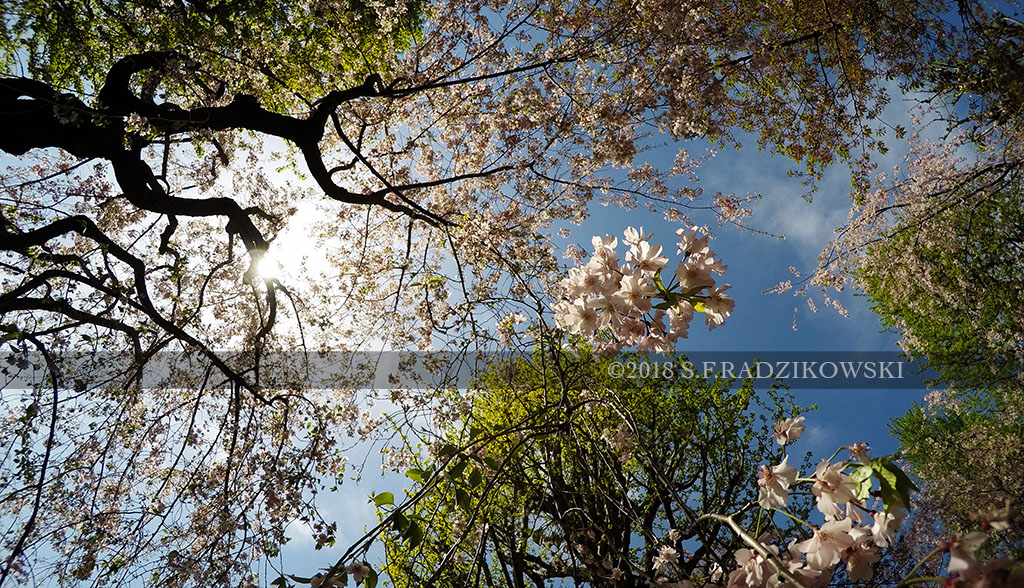
The scene above also represents our swordsmanship. Our mind, daily life. Basically our whole lives. Everything. The forest there; how does it relate to our swordsmanship? It connects our practice to the In-yo model for how everything works.
Etymology
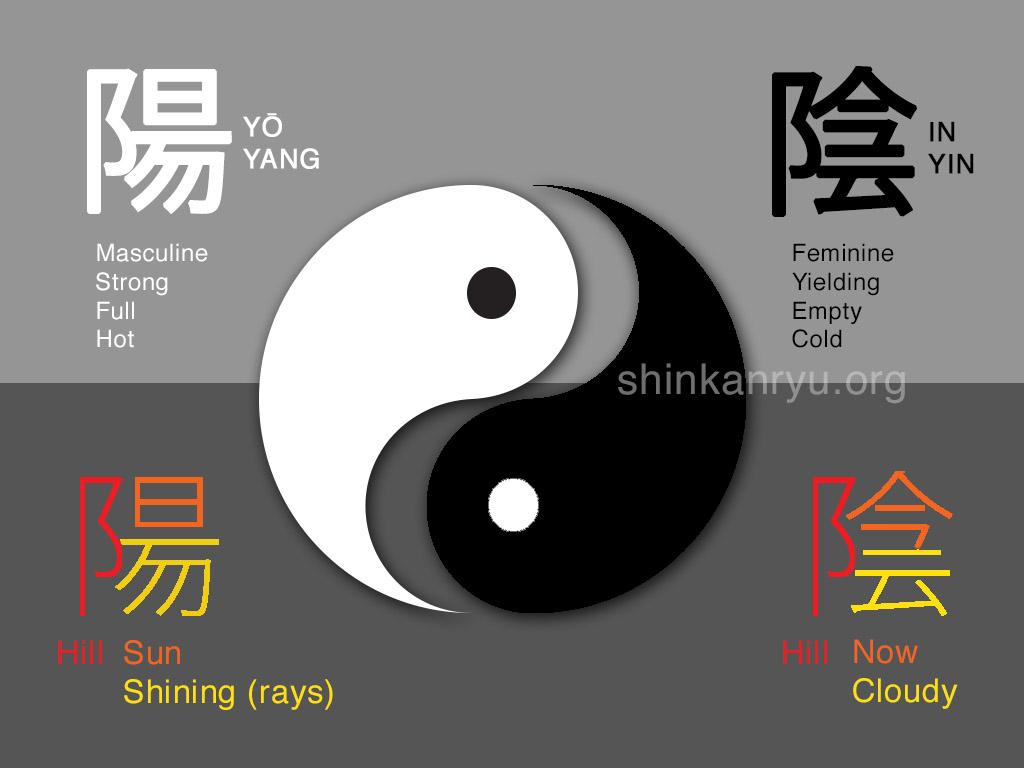
Everyone is probably familiar with the symbol. IN 陰 in Japanese, Yin in Chinese. It is the negative, feminine, weak (yielding) force. Yō 陽 in Japanse, Yang in Chinese. Yō is representative of the positive, masculine and hard and strong and full.
In 陰 literally means the side of the hill which is cloudy, thus dark. Yō 陽 means the side of the hill that is sunny or bright. You have these dualities, and within each one there exists a representation of the opposite energy, force, or element. There is nothing, for example, in and of itself strong and only strong, and nothing healthy that exhibits qualities of full IN or full YO. That is why you have the little dot or eye representing the opposite qualities. It's important to understand the concepts of IN & YŌ in swordsmanship (or any martial art). What there is a lot of in bujutsu is the idea of gross technique.
"Ok, this is my technique. I do this, then I back up and do this strike. "
What are you doing when you do that and what is happening?
What is below the technique, or inside the method in your bujutsu?
Like Prego Sauce, It's In There.
If you're not looking at your movements with any depth, then you're not going to understand what you're doing thoroughly. There are some pure physical, kinetic, structural things going on. The technique is a building, but what are the postures and techniques made of?
It is easy in the beginning to point at something and say this is IN or this is YŌ. He is striking me, and that is YŌ; therefore I must use IN to counter that. That's superficial thinking. There are many more levels of that existing.
How you usually develop the yin and yang idea naturally happens while developing the response to the incoming or applied energy is through practice and generating a concentrated state of mind.
You need to develop the ability to react. You need to gain an instinctual ability to read energies. I don't mean that in one way. You want to be able to read the energies whether it's tangible or intangible. If you want to know what's happening you need to understand it. That seems like commons sense, doesn't it? We can not do that through solely the intellect. We don't have time during swordsmanship to think deeply about what is happening. I discuss this more in my essay on mushin.
Balance The Marbles
The more profound ideas of swordsmanship, kannen, and mushin are essential. The mind that is not weighed down by fetters of the worldly states. Not being anchored in by fear, anger, hatred, ignorance, hesitation, doubt. The lust for sensual desires. A mind free from that. The balance that is IN-YŌ is important. This balance also with ourselves and the world. The balance of our body and sword. With our own internal world (mind) is essential too. How all of these interrelates with the opponent is necessary to understand.
Real swordsmanship is not about technique only. It's like a skyscraper with 100 floors. You're just taking the elevator to the 12th floor. That's how far the techniques take you. Being a sound technician is not the pinnacle of swordsmanship. It is, however, a necessary foundation to build upon. There are higher points to travel to. We should be aspiring to that. This ties into trying to make ourselves into better people. In turn, freeing the mind so that we can bring our swordsmanship up to a higher level. This, of course, applies to all martial arts.
This idea is difficult. Hundreds of years ago the swordsmanship teachers were admonishing students about these ideas. Not just in the mid to late Edo period as many people seem to think but even further back. Some people want to preach about samurai being bloodthirsty head taking war machines. That is a rather ignorant and silly generalization. Really understanding that the true pinnacle of swordsmanship and bujutsu comes from the freeing of the mind and proper investigation of IN & YŌ. Not just the bare bones mushin state of muscle memory for example. It goes far beyond that. If you're stuck in that point where you think its just muscle memory, then you will be stuck there. Literally.
Grab The Microscope
How do we begin to investigate this notion of IN and YŌ in our forms? You first need a clear understanding of the mechanics of IN-YŌ. For example, Tai Chi Chuan is perfect for this as it forces you to go slow. In swordsmanship, everyone is racing to get to this point of speed. They want to have this speed and are hell-bent to get to this endpoint of, hey I can hit it quicker than you can!
That's not what you should be racing towards. You should be slowly walking to the point of being able to understand the actual waza and see the gears that are moving to make it work. Break things down a bit after you have learned the movement patterns.
The body, without martial arts, already has all of these IN-YŌ components. Breathing is IN-YŌ. Our physical matter is IN-YŌ. Even the atom is IN-YŌ. You have meridians, Lines in the body. And there are intersections where the lines cross. Energetically and physically.
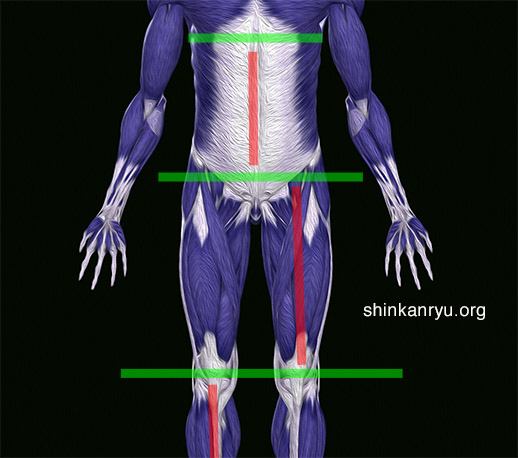
You have bones and muscles. This muscle moves this and that way, and the bones as well. When you move a muscle which is IN you also have another group that needs to stretch which is YŌ. Bicep flexes, triceps stretch (relax). You also have the idea of the contractile field that is formed from when we are embryonic disks. When our embryo is forming these fields get set up. You have all this stuff going on.
What are you looking at inside all of these levels and layers? What are you focusing on? Are you only focusing on the sword and what it hits? How about focusing on your feet? is there time spent thoroughly investigating what you are doing? When you stop and think about it, you might think that it is exhausting to look at something in so much detail. But would you argue that the details don't matter?
In-yō Applications
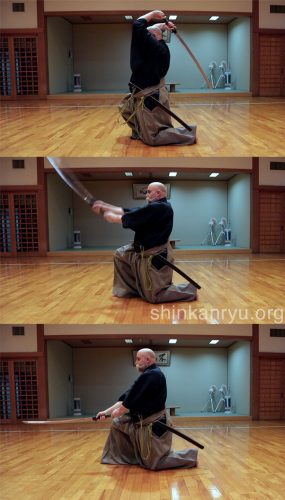
In Japanese swordsmanship, there is the technique of cutting from a jodan (high position). This drop cut is sometimes called kiriotoshi. The movement seems like pure YŌ. Your sword comes down, bang, cleaving your target. What is yielding or empty or feminine about that? Isn't that kiriotoshi purely a YŌ action? There are a few points of IN and YŌ within the sword movement and the cycle of them moving together is also in the sword and body connection. Two components of IN and two of YŌ in the physical nature of the sword swing exist. There is a set for the mind and body as well. When you start breaking things down, you can see the pieces that make up the whole.
It's important to take the ideas of IN-YŌ and investigate them. Play in a useful way with them. See exactly how they are interconnected and how they work.
Allowing the mind to be open and not existing on a single point. Having an open mind will enable you to observe better and watch how yin and yang function with all mental and physical factors inside and outside of you.
As you progress through practice it is essential to analyze the techniques and break them down within the scope of Inyō.
©2019 S.F.Radzikowski

ラジカスキー真照
館長Saneteru Radzikowski is the head sword instructor of Shinkan-ryū Kenpō. He lives and teaches Iaijutsu and Kenjutsu from Nara, Japan.
Advance The Sword And Mind
No matter what, move. Advance. Unceasingly against whatever odds, internal or external, move towards the...
Teaching yourself Iaido and Swordsmanship
The Challenges of Self-Learning Swordsmanship In martial arts, particularly in the study of swordsmanship, a...
What is Kenjutsu? A guide to Japanese swordsmanship
Kenjutsu (剣術) is the Japanese art of the sword. It is one of the four...
What is true budo?
Studying the arts of fighting leads to peace. The pursuit of martial arts has one...
Happy New Year
From all of us at Shinkan-ryū Kenpō to you, Have a wonderful New Year Celebration....
I Am A Lazy Martial Artist
There is a saying, “You get out of it what you put into it.” It...
Sword Grip Tenouchi Iaido Video
This video describes basic hand grips (tenouchi) for using a katana (Japanese sword).
Budō Practice Is Everywhere
Practicing without many excuses not to is a good practice.
What does Budō mean?
I’d like to discuss briefly discuss what Budo or Bujutsu means. I’m not a scholar...
Is Compassion Important In Martial Arts?
What is compassion? Compassion is a concern for the suffering or problems of others. The...
What Does Iaido & Iaijutsu Mean?
Iaijutsu and iaido are components of kenjutsu 剣術, the arts of the sword. Iaijutsu, iaido...
Duping The Gaijin – Martial Arts Fraud
Some Japanese schools or individuals wish to capitalize on the ignorance of non-Japanese martial artists...
How To Learn Samurai Sword Fighting Without A Teacher?
I get asked often, “Hey, is it possible to learn sword fighting without a teacher...
Bushido: The Soul of Japan
The code of the samurai is always popping up in martial arts circles and popular...
Cómo aprender Kenjutsu?
Aprender cualquier cosa tan profunda como un arte marcial requiere de un maestro. El kenjutsu,...
Budo Don’t
Don’t be in love with your weapon. Don’t be in love with your uniform. Don’t...
Martial Arts Cults & Lies
I once had an interaction with someone who referred to their school as a genuine...
Jealous Martial Artists
Martial artists should be aware of what can live in the shadow of righteousness; jealousy...
How to learn kenjutsu?
How to learn kenjutsu? Learning anything as profound as a martial art needs a teacher....
Respect is a two way street in martial arts
Respect is a two-way street, however, how many people are driving recklessly? “If you want...
Dominando las Artes Marciales y las Bases
Hablaré acerca de bases y dominio. Antes de comenzar, quiero decir que usaré la palabra...
Budō Practice & Sacrifice
[fusion_builder_container hundred_percent="no" hundred_percent_height="no" hundred_percent_height_scroll="no" hundred_percent_height_center_content="yes" equal_height_columns="no" menu_anchor="" hide_on_mobile="small-visibility,medium-visibility,large-visibility" status="published" publish_date="" class="" id="" background_color="" background_image="" background_position="center...


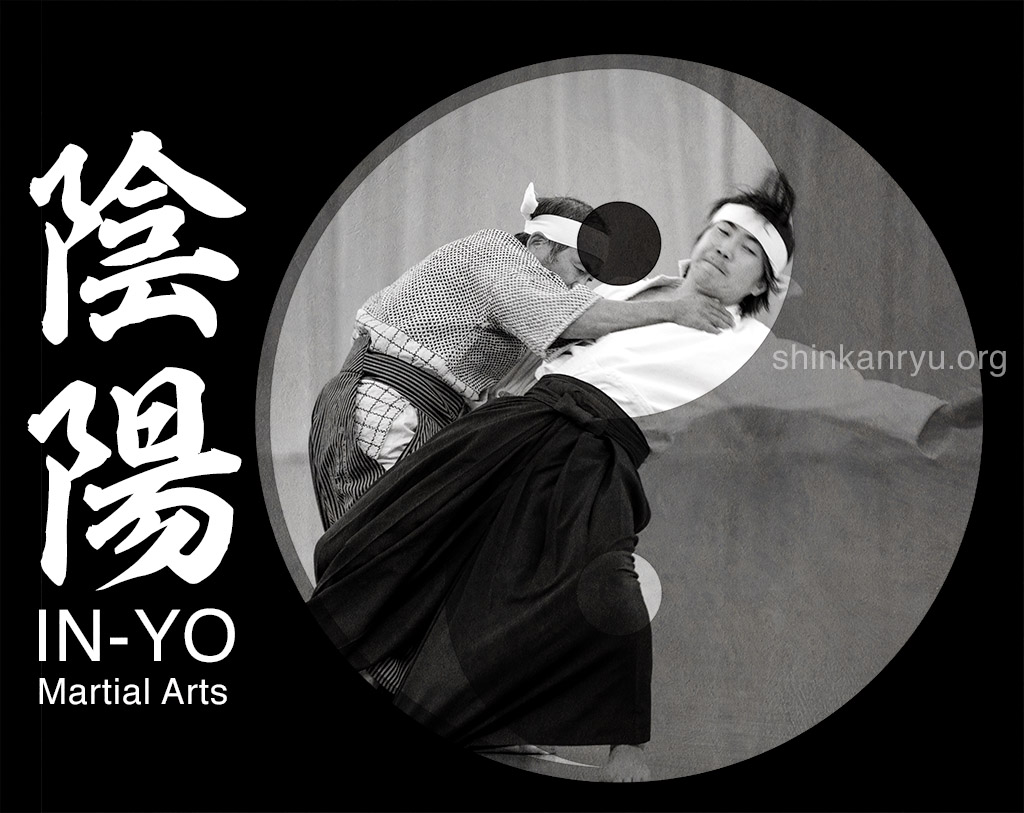
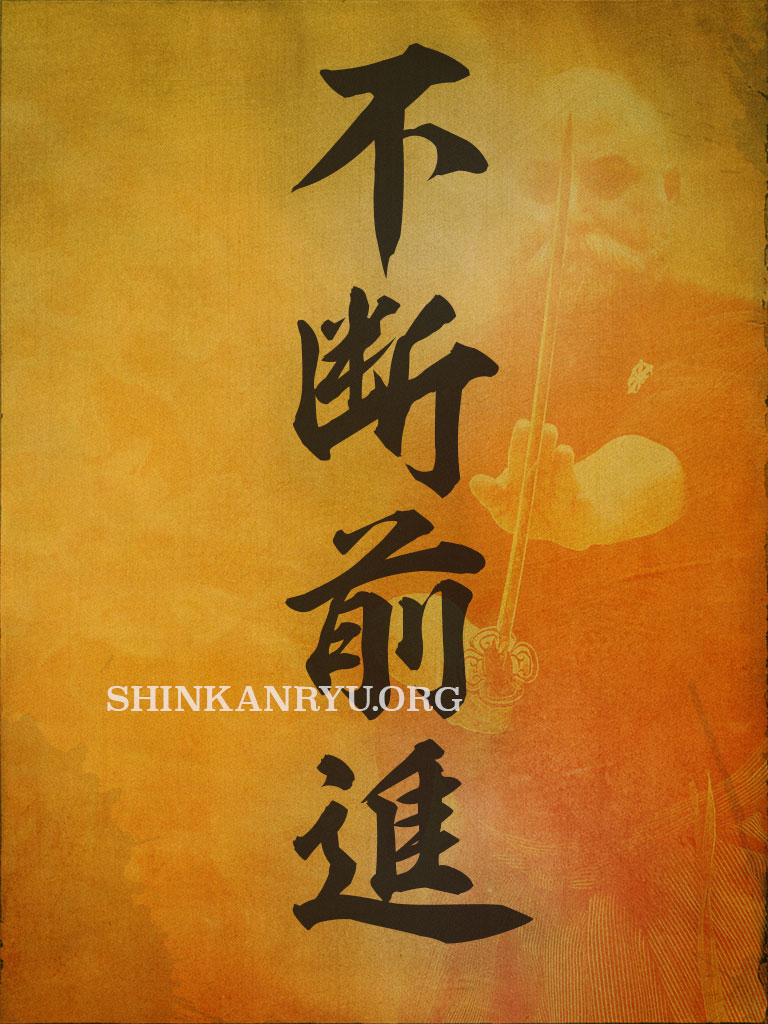
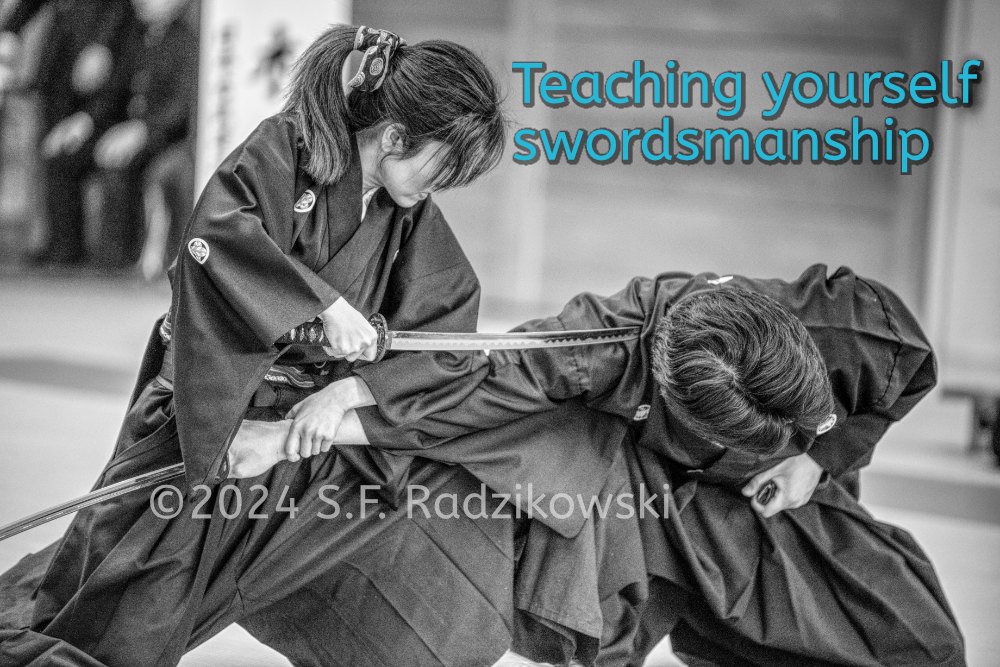
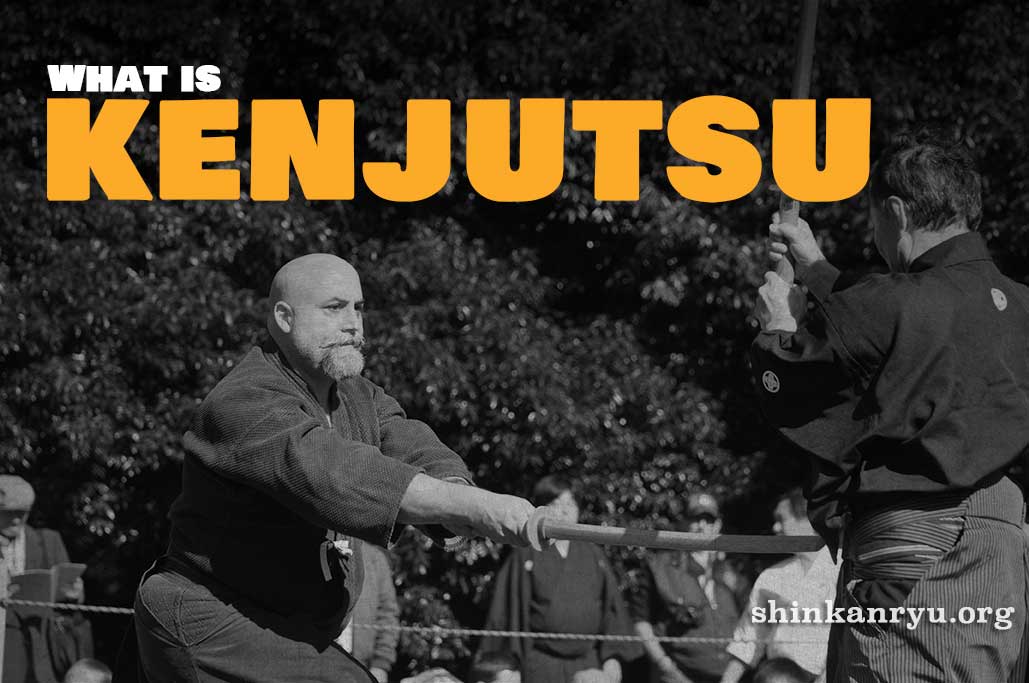
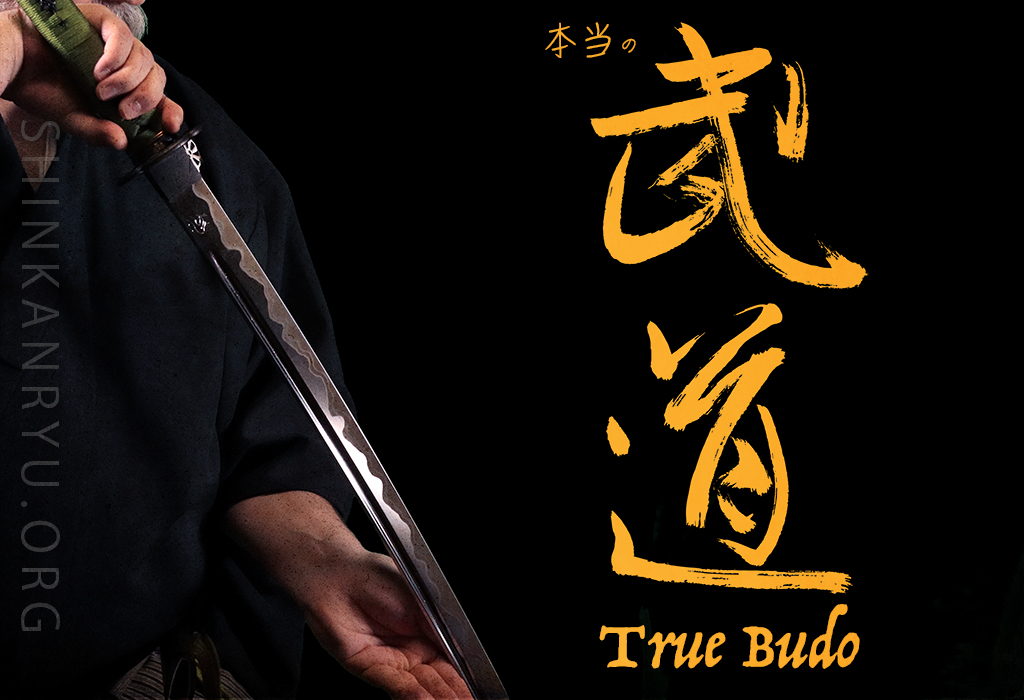
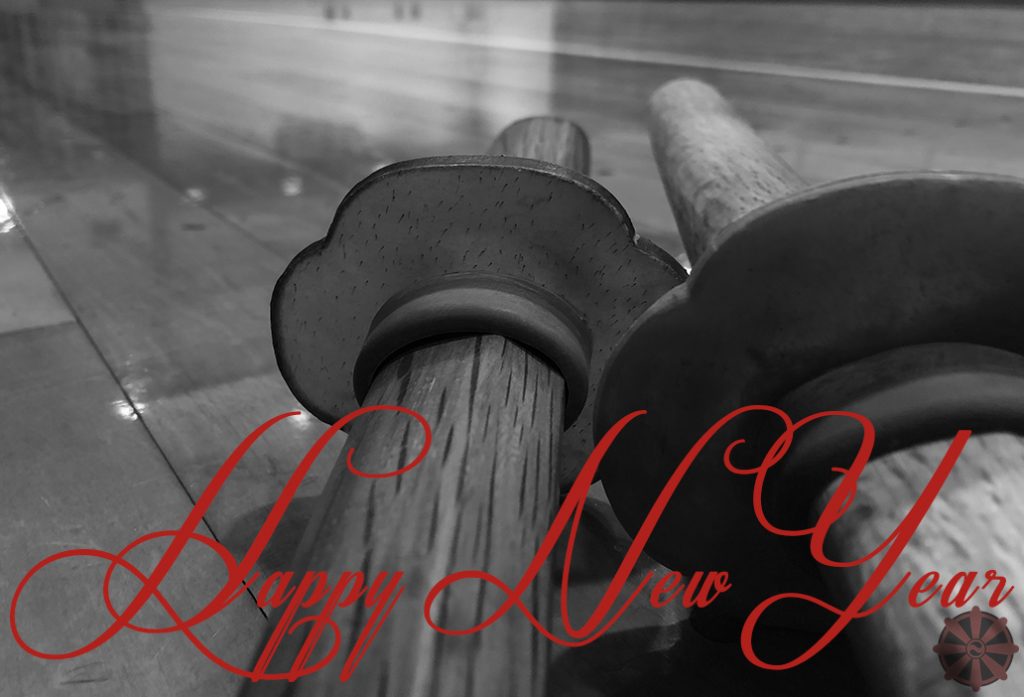
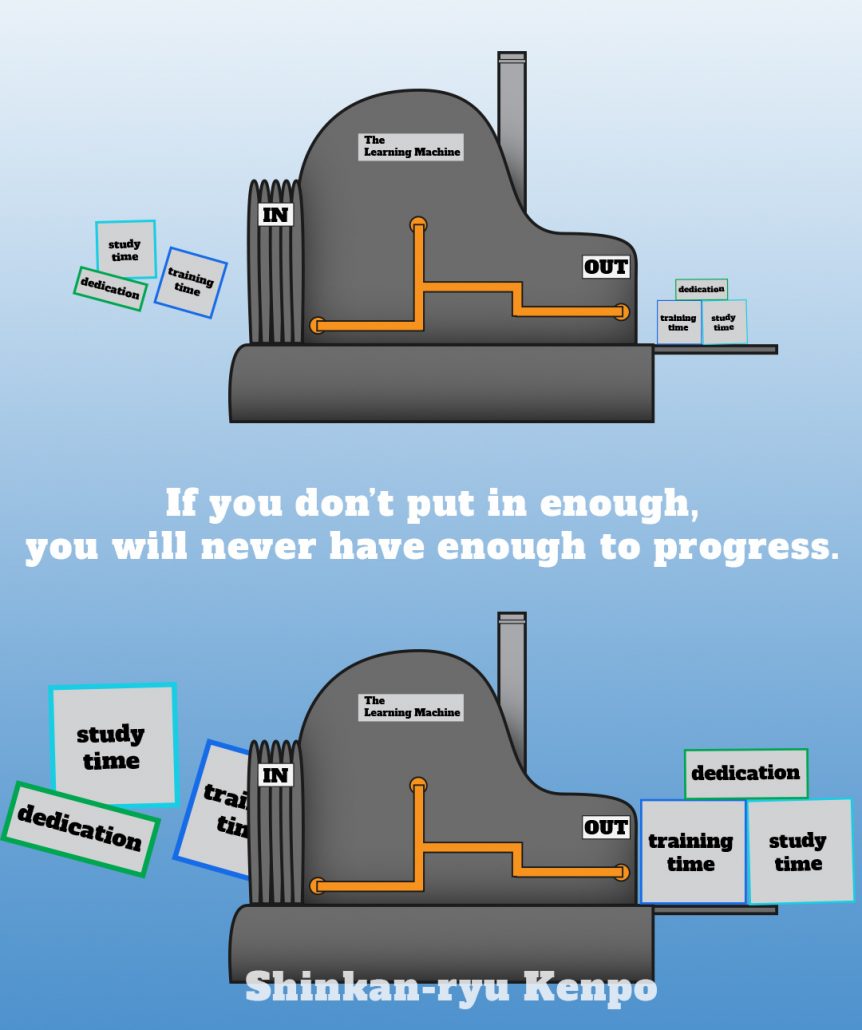
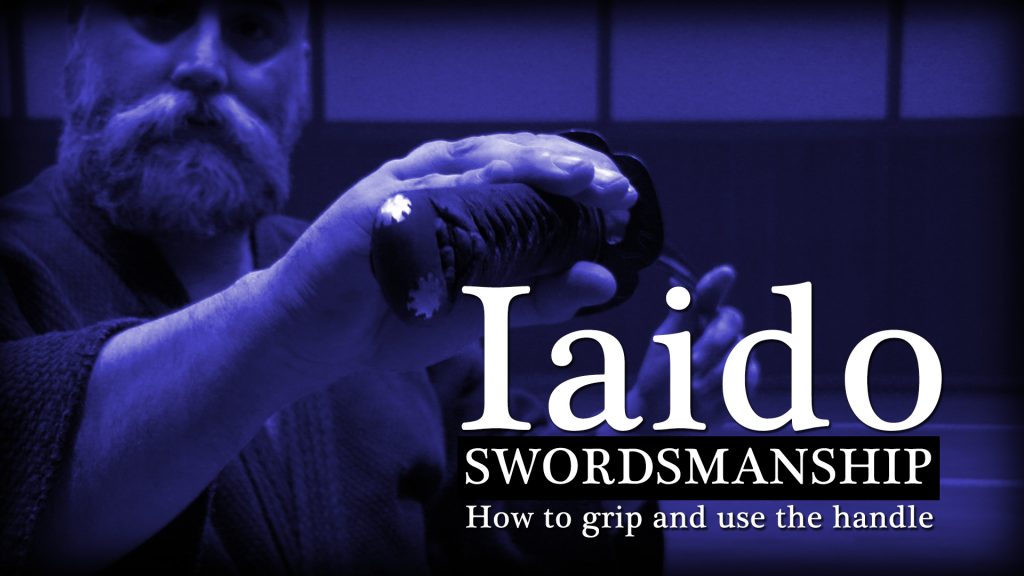
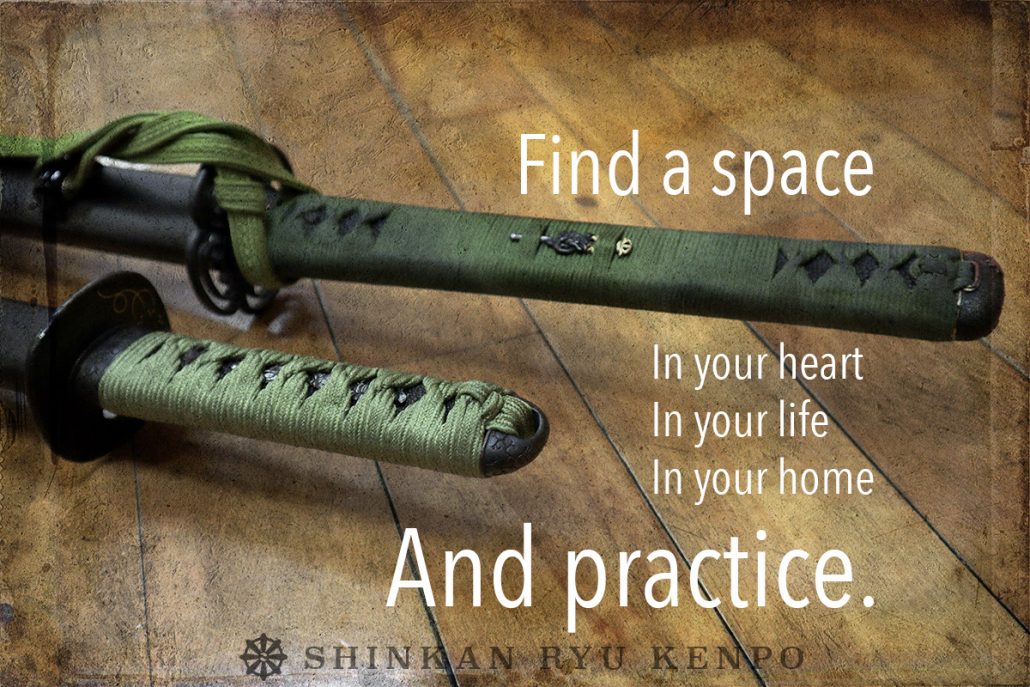
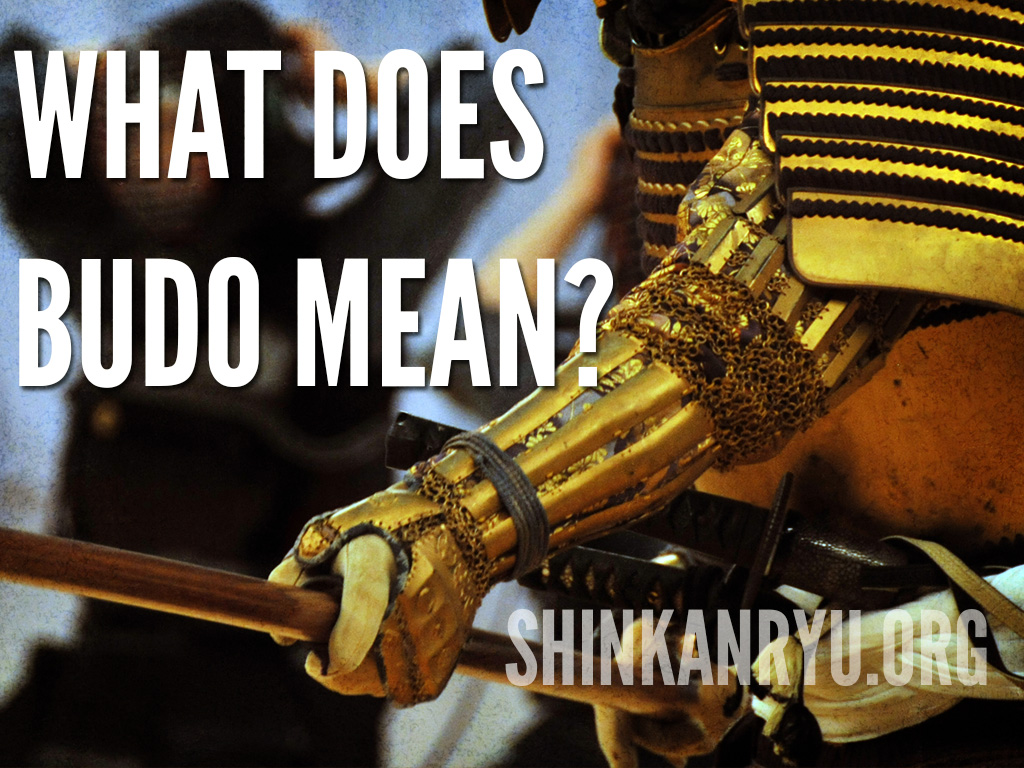
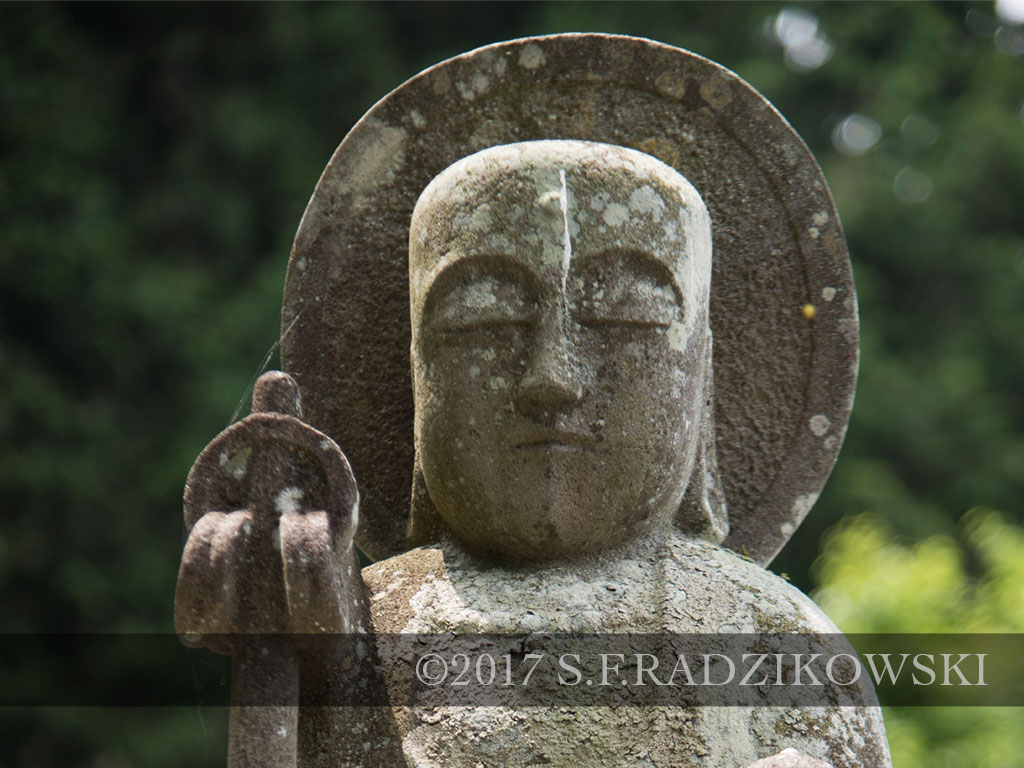
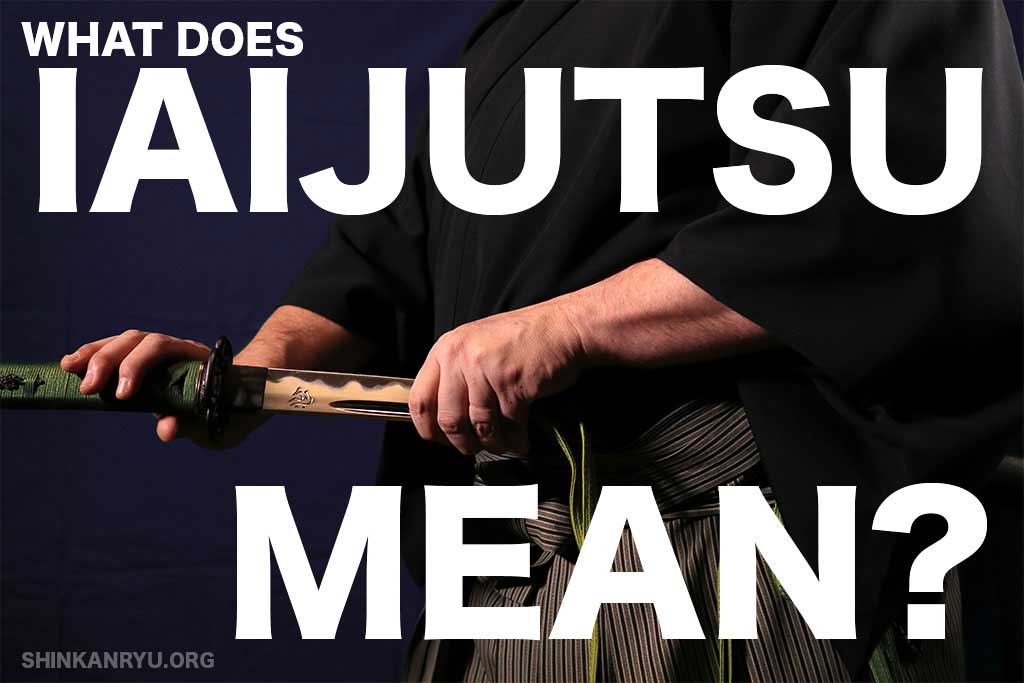
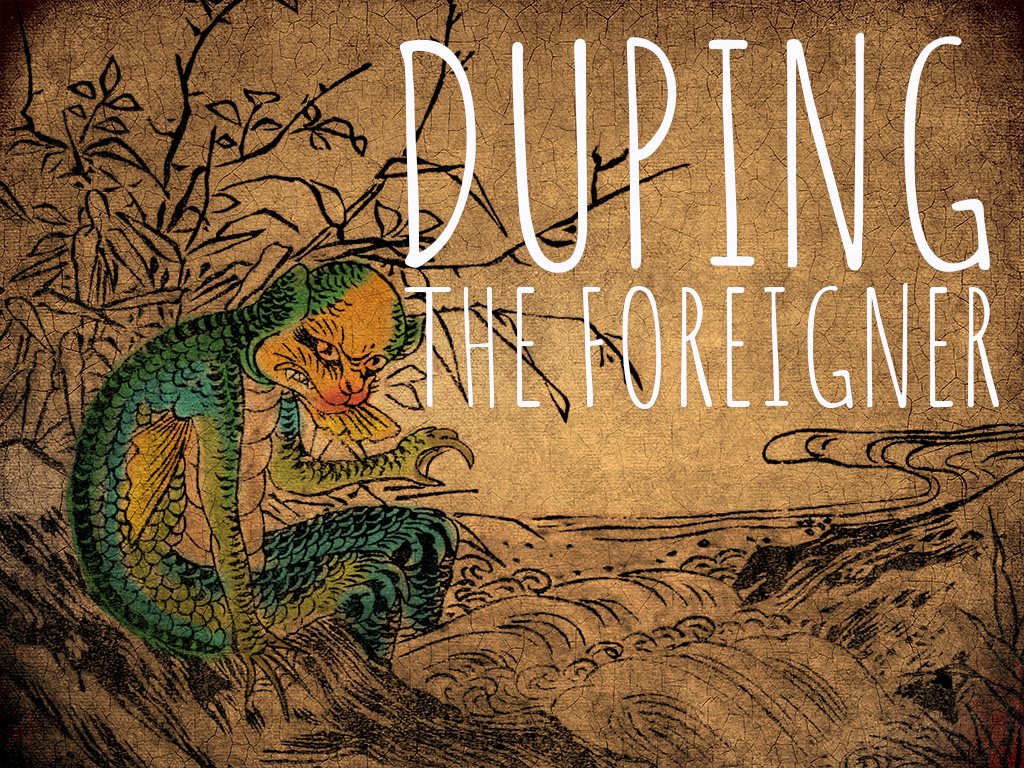
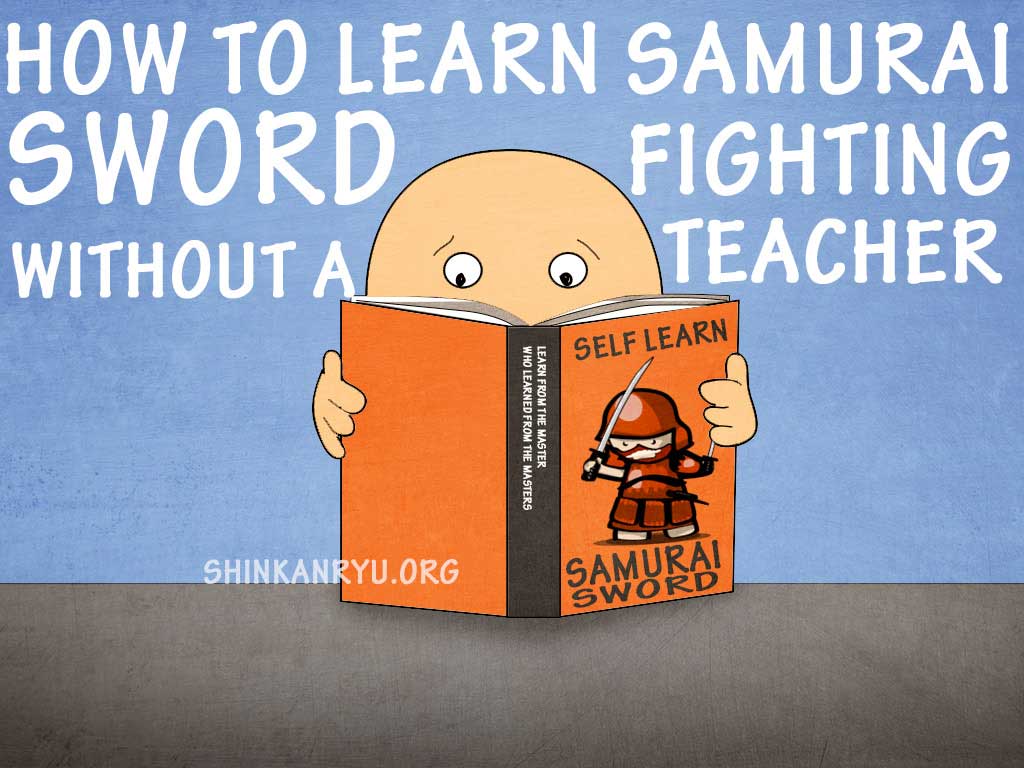
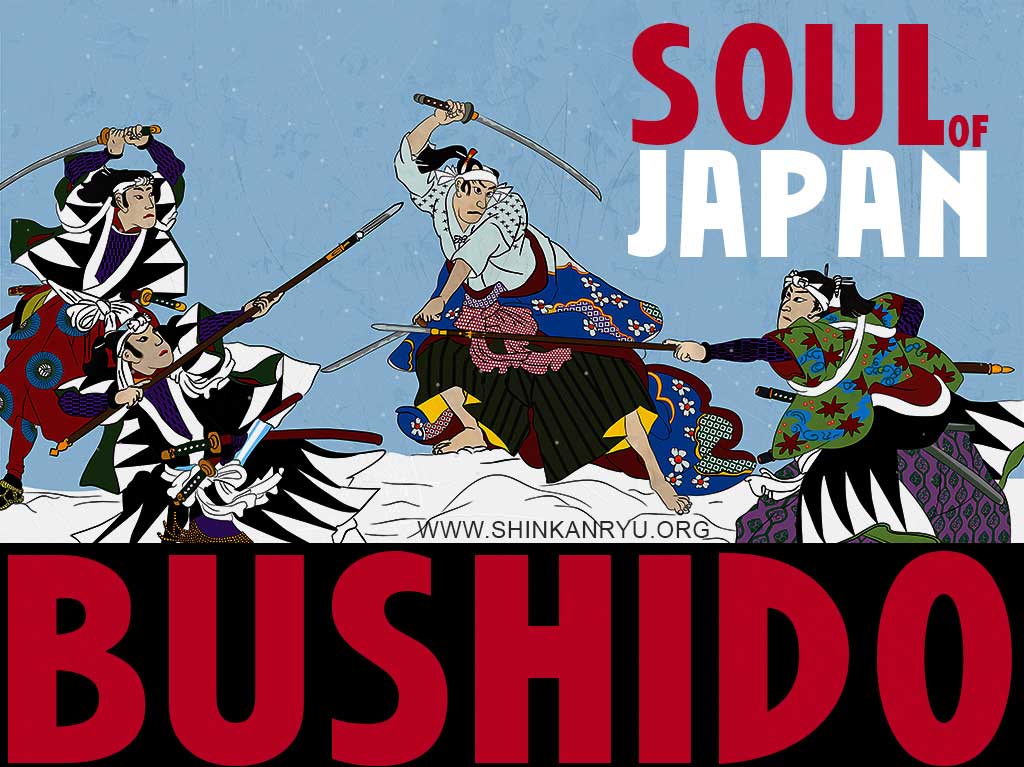
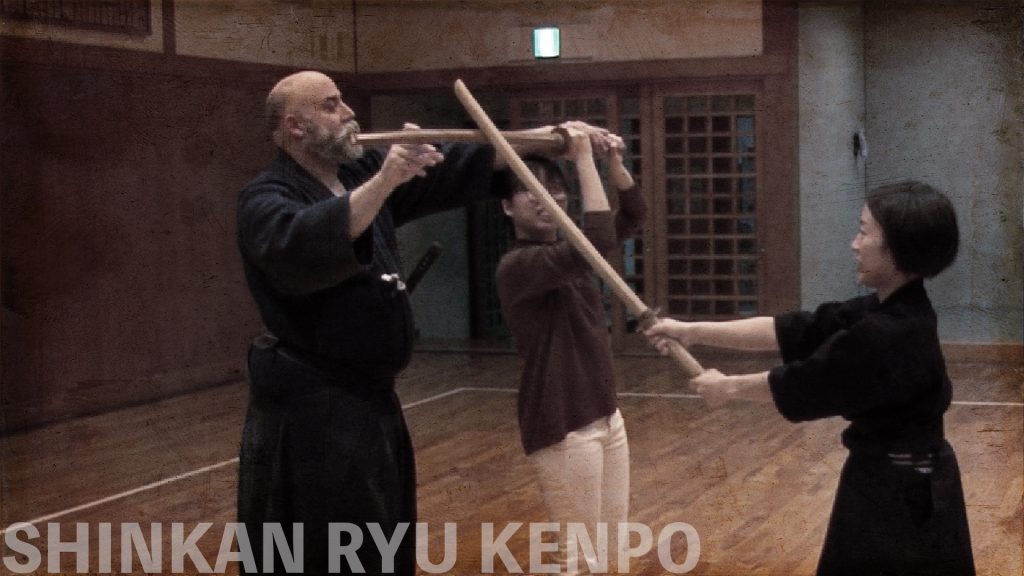
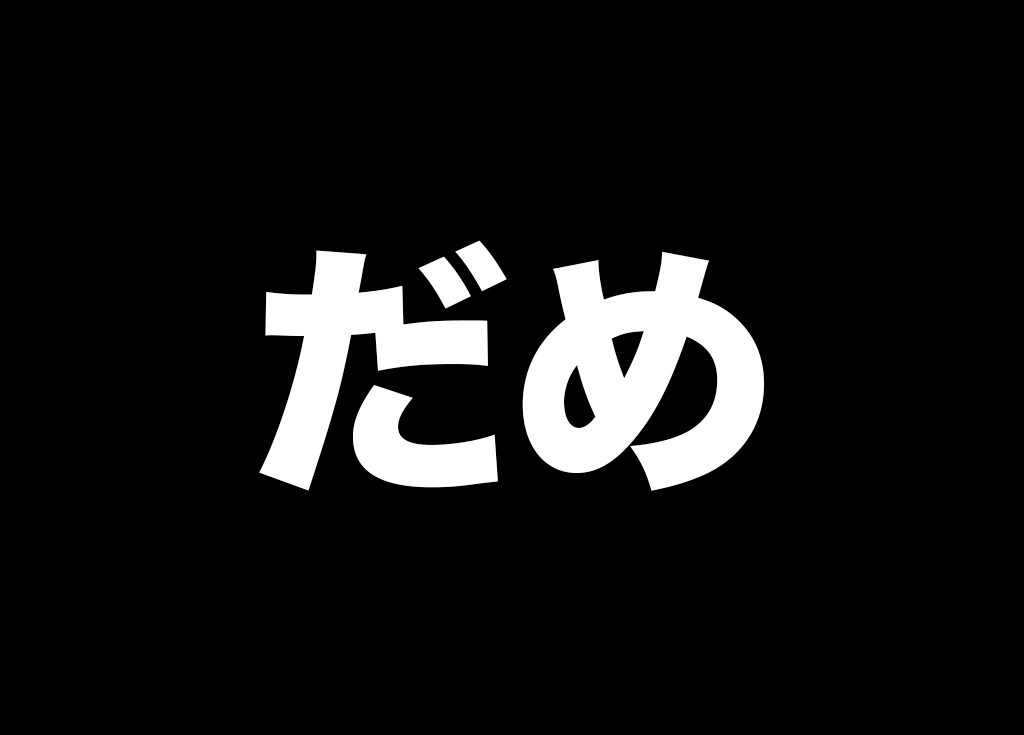
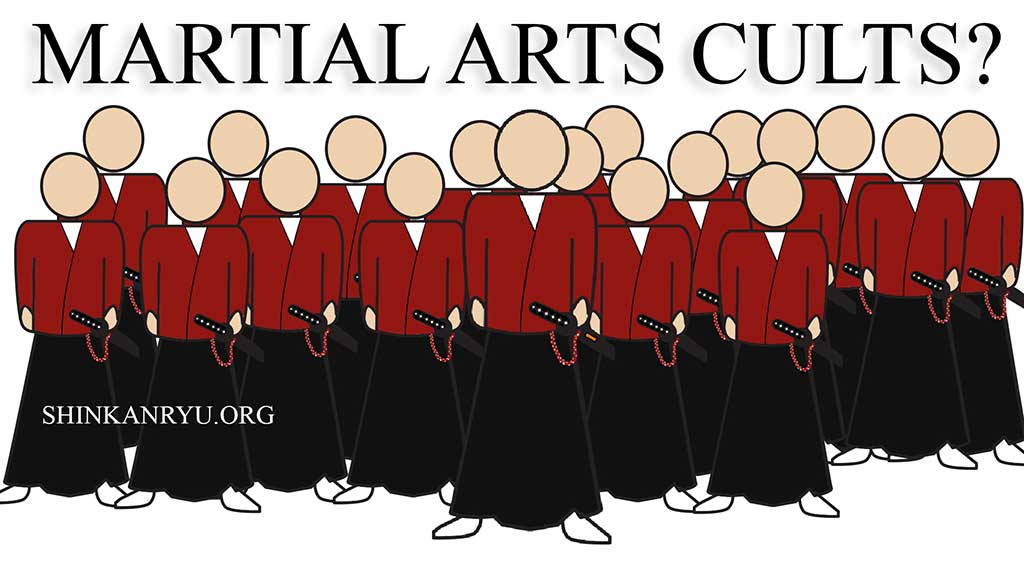
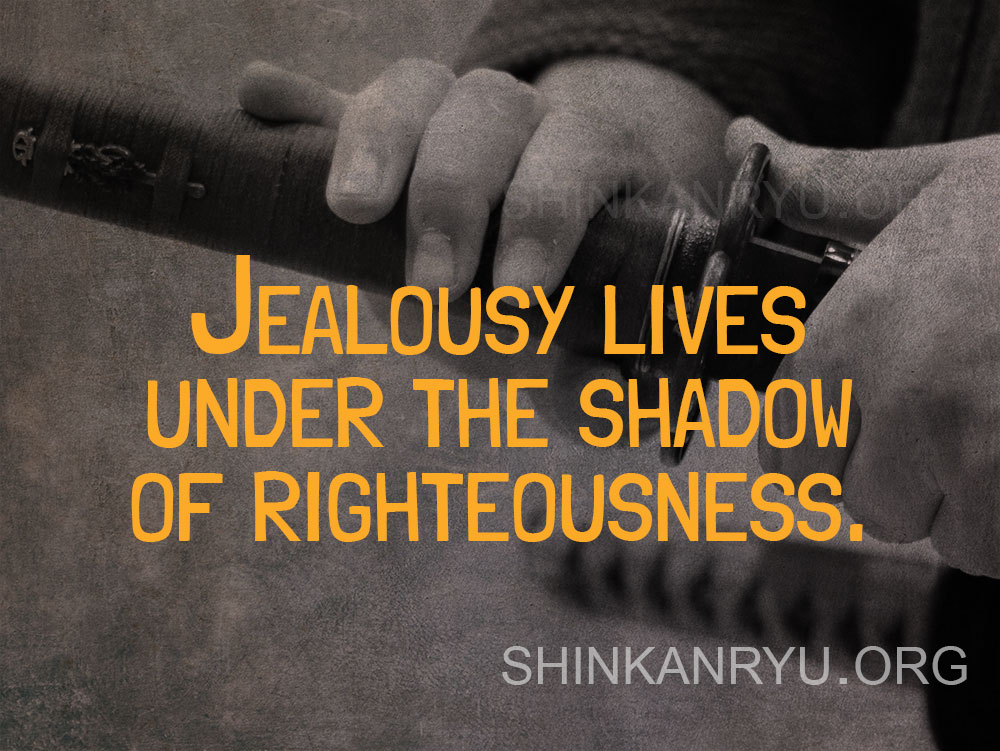
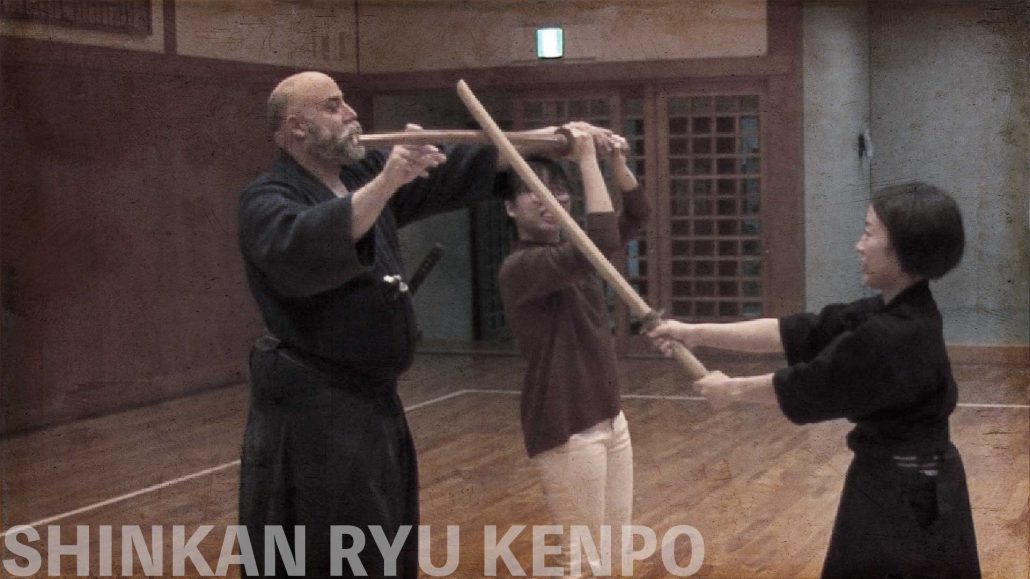
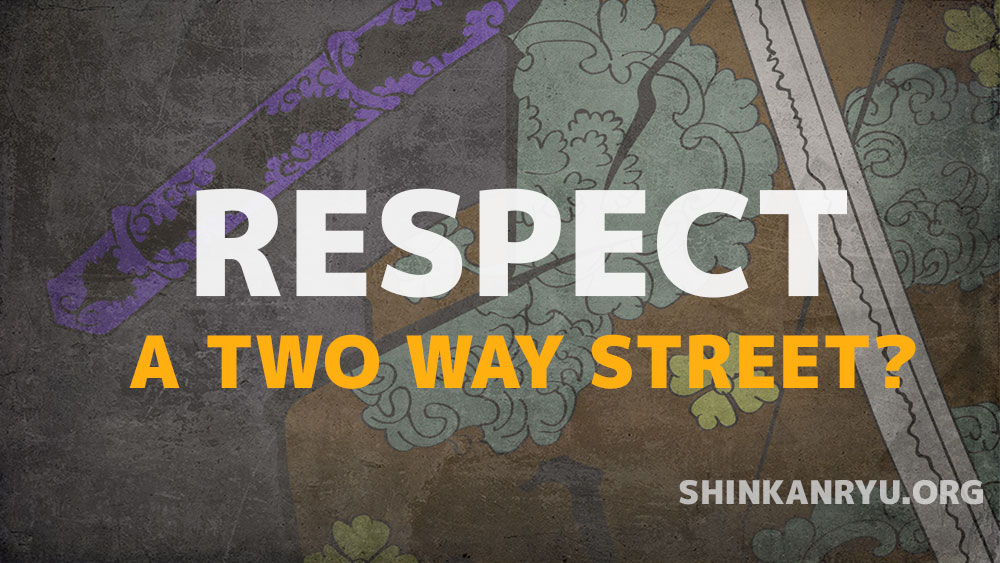
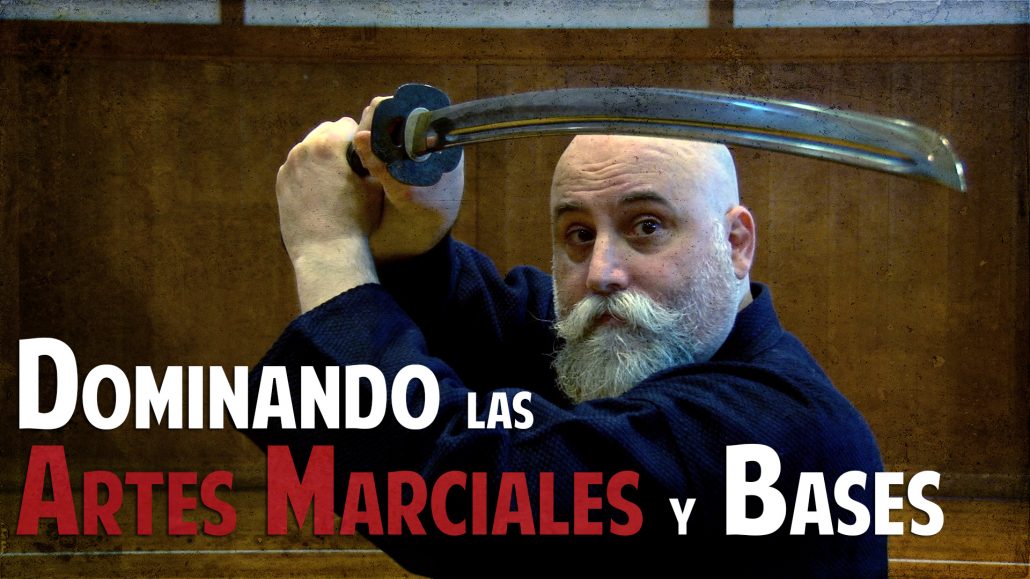
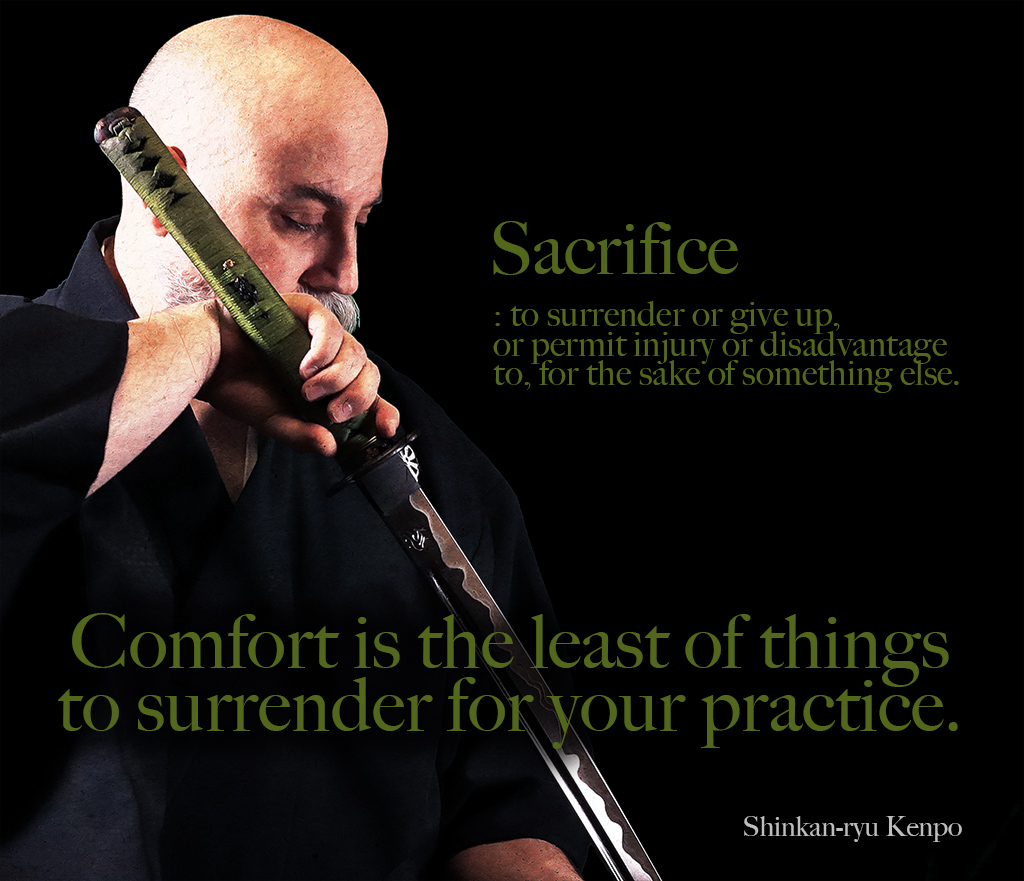
Thank you for sharing this Sensei.
Wow, this seems like something I will take years to fully understand. I had never thought of practice in that way thoug it makes a lot of sense. Thank you sensei.
The timing of this post is incredibly serendipitous to me. I appreciate the care you’ve taken with your words to help process this. Thank you Sensei.
Thank you for this Saneteru sensei, it is appreciated :)
Thank you Sensei! This is something I will contemplate at my training continues.